Why every year we are surrounded by more and more monuments? This is due to the growing globalization process. The old is rapidly being destroyed in order to make room for the new. This forward movement makes people want to keep at least something from the past, and the motives here can be completely different. Science is one of the most dynamically developing spheres and the replacement of old phenomena by new ones in it occurs most rapidly. The purpose of this article is to describe the process of turning an object of science and technology into a monument , that is, a particularly valuable and protected object. It is possible that this information will help you figure out where to start saving or protecting a valuable object from destruction.
What should be understood by the object of science and technology in this article
The object of science and technology in this article should be understood as sufficiently large and immovable monuments, i.e. various engineering structures (dams, bridges, tunnels, etc.), massive vehicles (if they are not museum items) and inventions that are part of any building and are inseparable from it. The article can talk not only about the object itself, but also about its environment. Since an object, landscape and surrounding buildings can often be viewed as a complex, then a huge territory can be assigned a conservation status and it will be called a "landmark" or "cultural landscape". You can learn more about objects of science and technology from my previous article: " What are monuments of science and technology? "
Who in the Russian Federation is responsible for assigning a protected status to an object? And a little about the classification of monuments
The basic law on the protection of cultural heritage in the Russian Federation is the Federal Law of June 25, 2002 N 73-FZ "On objects of cultural heritage (historical and cultural monuments) of the peoples of the Russian Federation". All further reasoning will be based on it.
The Ministry of Culture of the Russian Federation is responsible for the assignment of the protected status to the object, for the management of the object and its preservation . Further, depending on the status of the object in the classification by subordination (federal, regional, municipal), it is under the jurisdiction of the Ministry of Culture itself or its branches in the constituent entities (and municipalities) of the Russian Federation.
( N 73-, . 3) :
, .. . ..
.. , . , .
.. . , , . .
1- 2- . , ( ) . - . . ( ) . . 18 N 73-
, . " ", .
( (N 73-, . 4)):
.. , , , .
.. , , .
.. , , , .
" ", . : , ( ). , ( - ) , . , , , , . . , - (, ..) - , . ( ), - .
. ( №73, .14), . , , .. .
. -
, ( 73, .3). (.. ). , ( ), .
- . "" - . , - , , , ..
, . , . , .
. , . , . "". (, , ).
: - , , . . . 15.07.2009 N 569 « - ». , , . :
)
, ( , . );
: ", " " "";
10- ;
.
)
, 3- , "".
. , , , . , 3- . , , ? . , , , , .
( - -). : -
, . , , . -.
, .
( ). 1965 . , . , , . . . .
( - .. ). 1992 . . , .. . . . .
(). 1922 , , . .. .. . 1930 . , , . 1930- , , . 22 1992 . , ..
- , . - , ( ) , . , .
, , , .
, , . ( ). " " " ".
. . . , . 20- . XX ., (), , , , . - . .

" " ( ). - 1861 , . XX . , . XXI . . ( ). , .
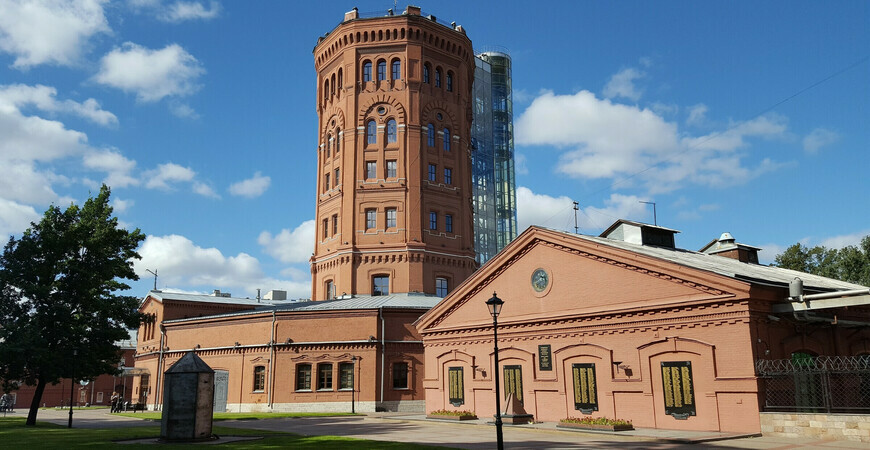
-
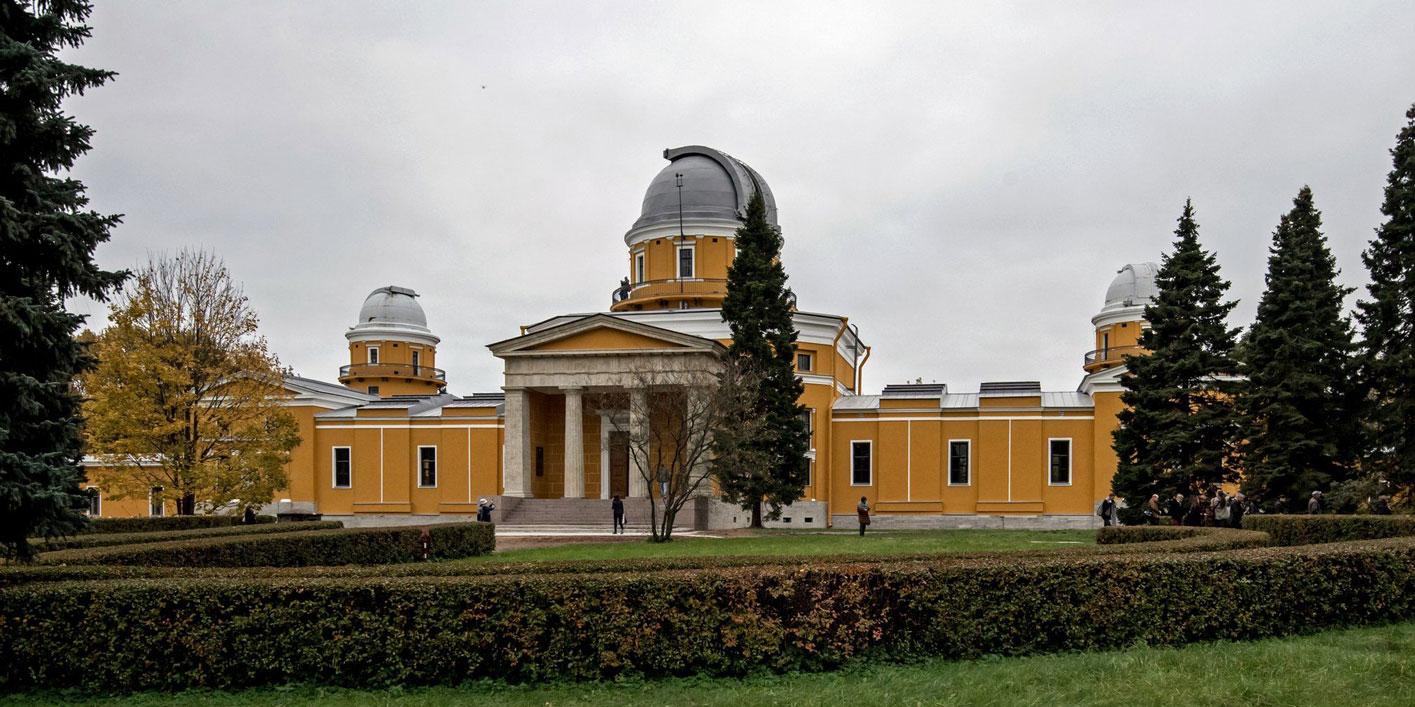
№ 1 .. - . 1897 , . . 1946 .
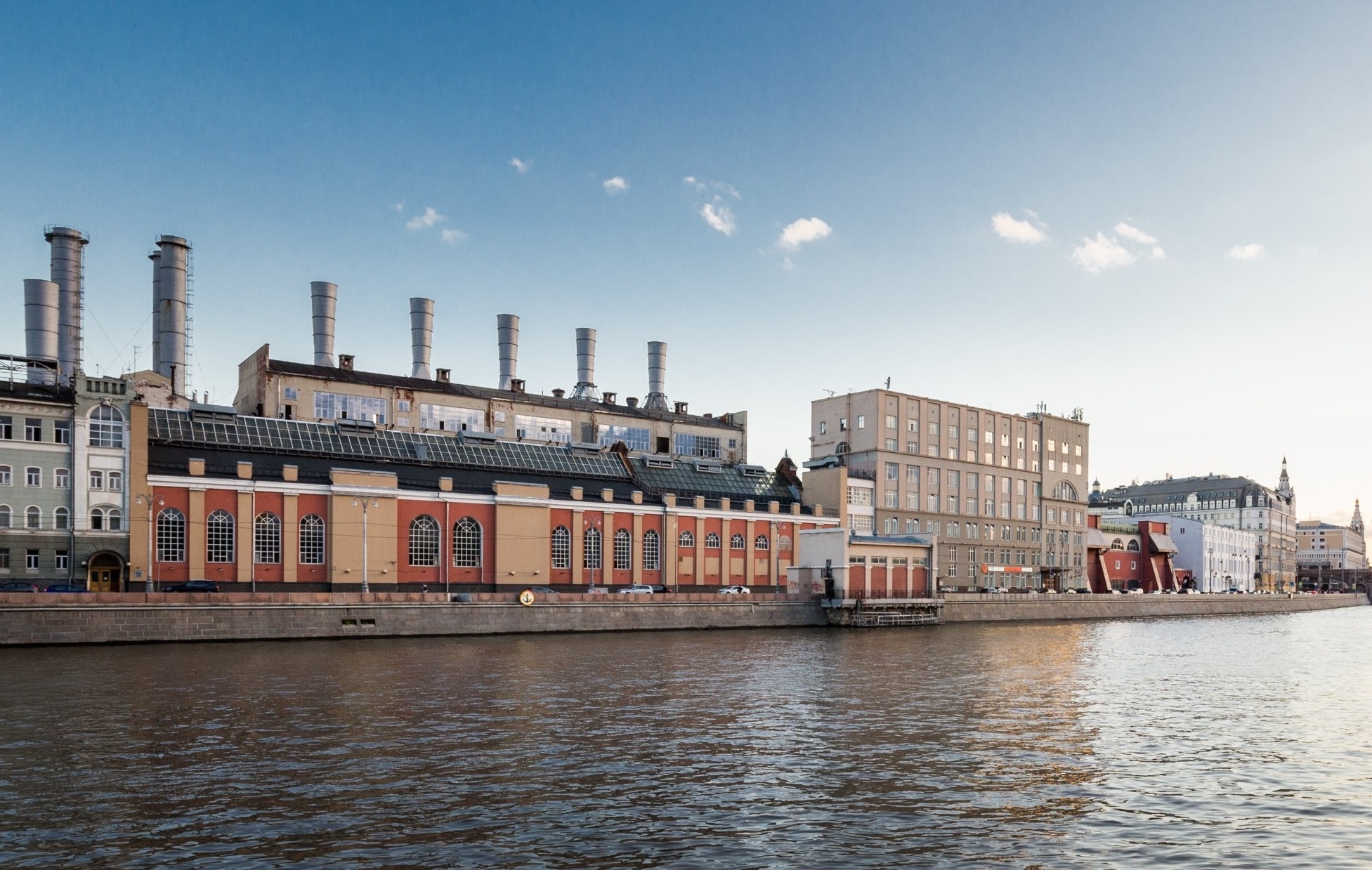
№ 1 .. .. .. XIX . . . , , . . 2820 . . , .
, -
. , ,
. 1939 . , . . 2015 , , . .
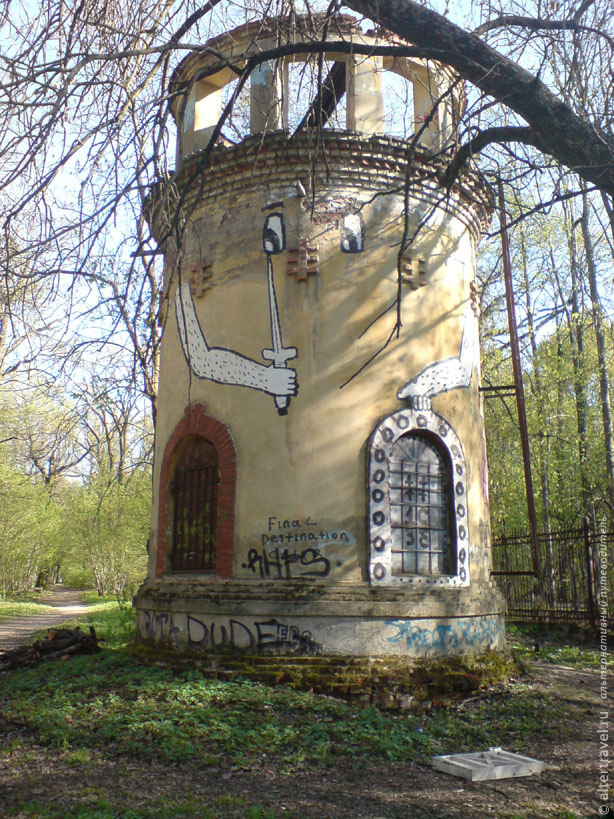
. . 1929 . , 1930-. " ". 2016 , . .
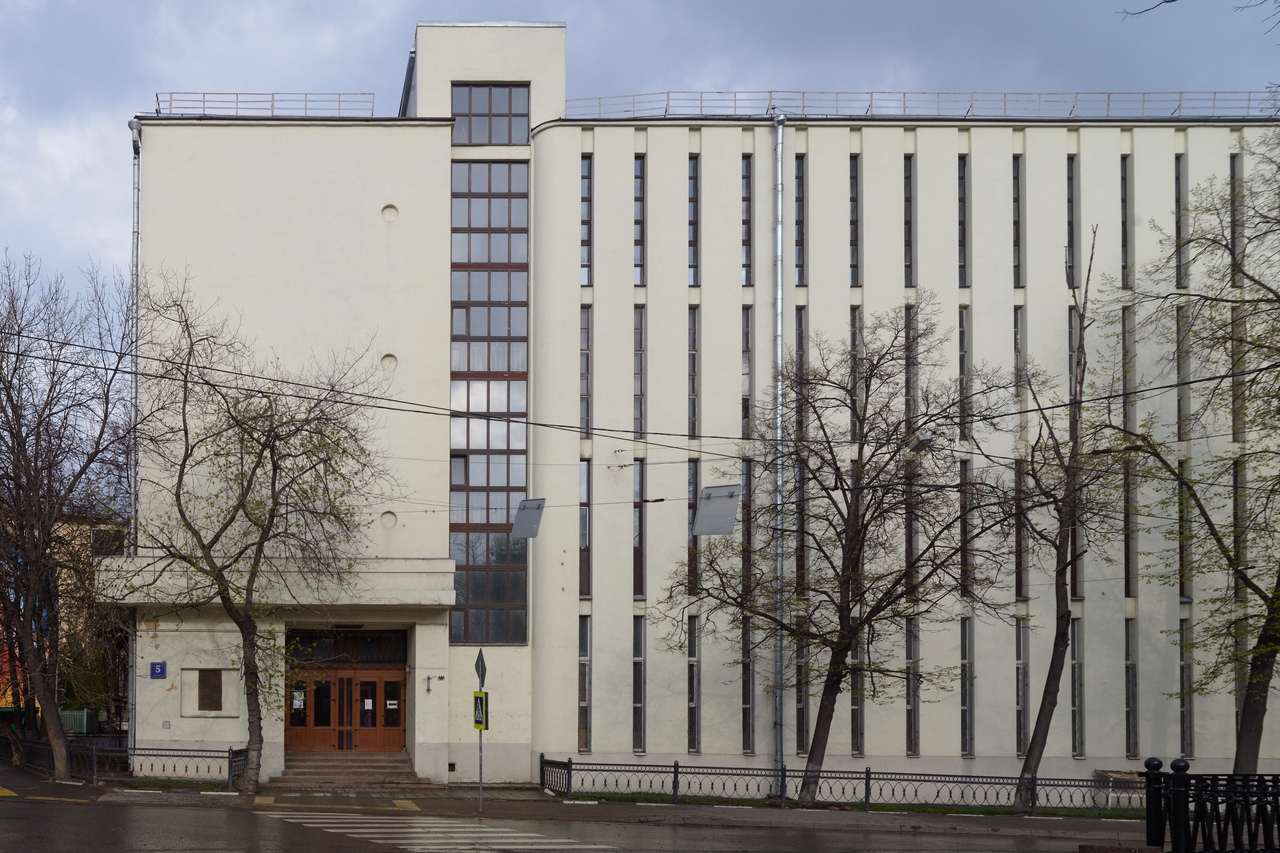
" ". . XIX . . 2- , . 2016 . .
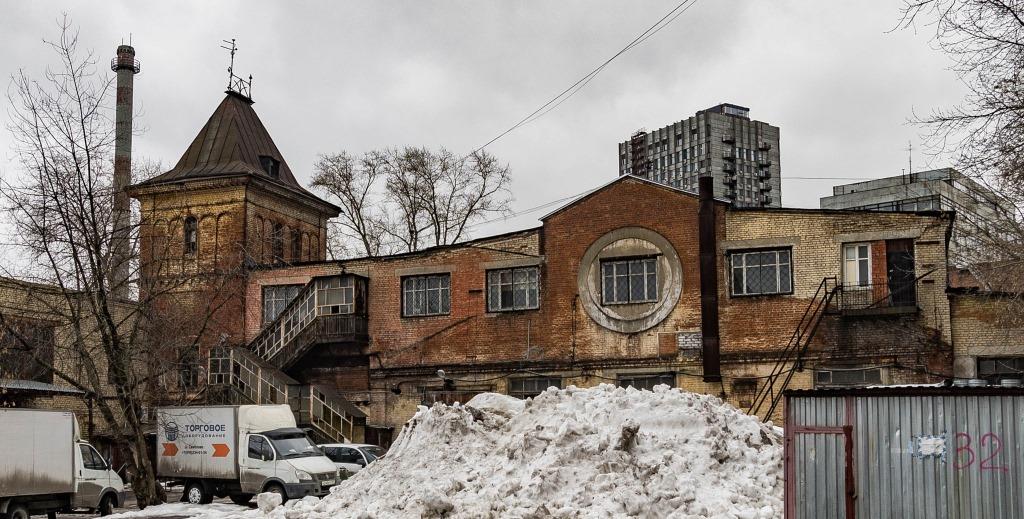
" " (). 1928 . , . " : , . .. , ". . 1990- . , 2016 .
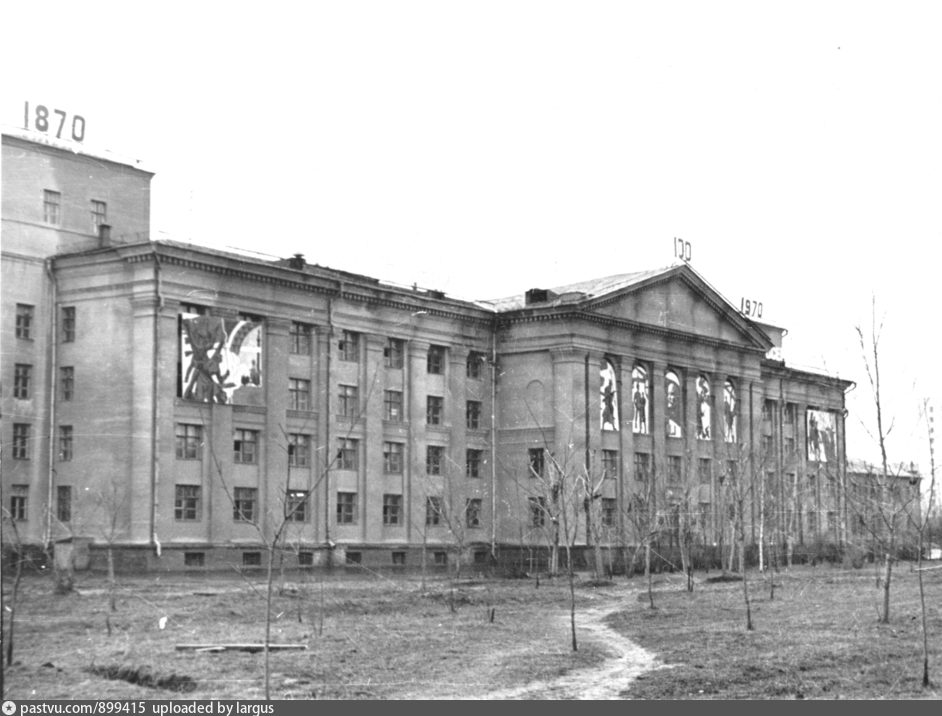
() . 1965 . , . . , . . 2017 . , . . .
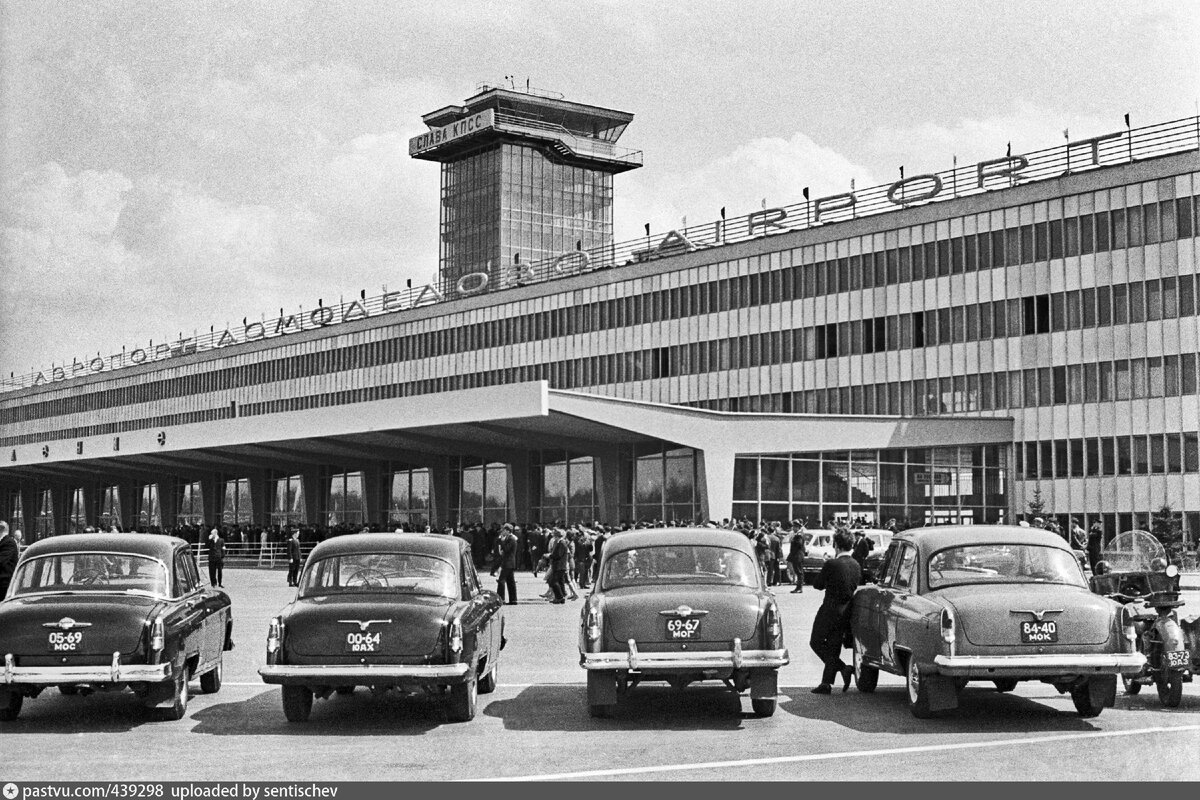
" ". 1917 - 1920 - . . № 2 1930- - , «», 48 . 2020 . . .
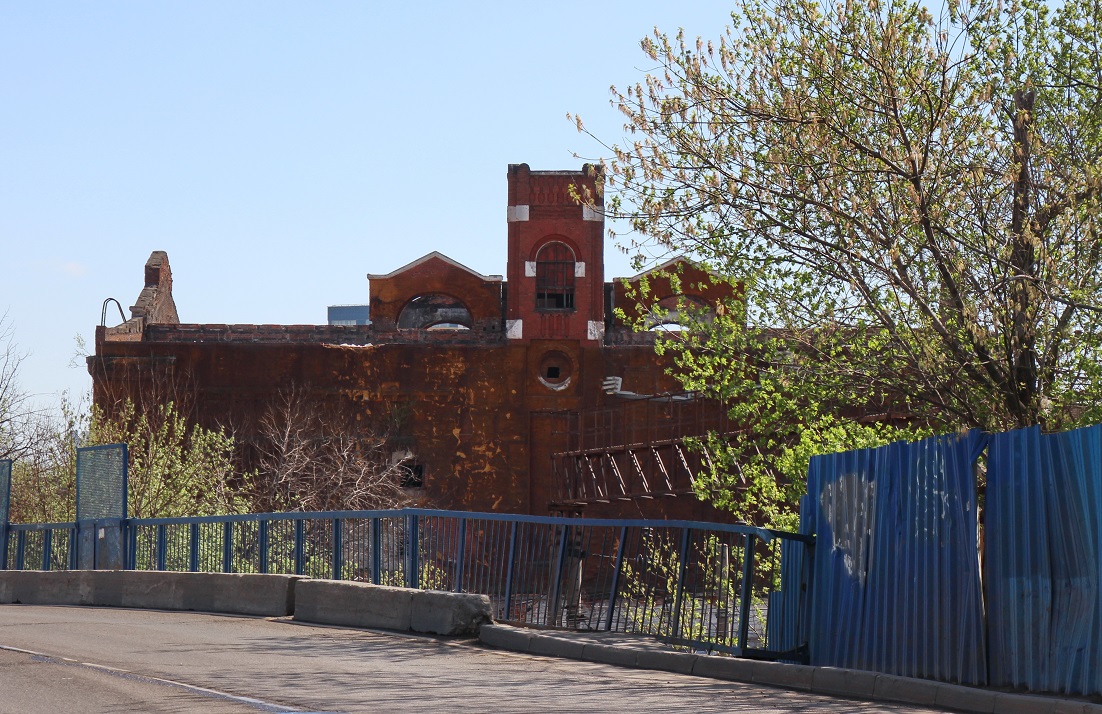
"
I don’t want to end the article on a sad note, so at the end I’ll quote the words of my friend who studies the architecture of the 90s - early 2000s ("Capitalist Romanticism" or "Caprom"). "To save at least something - you need to save everything!" - therefore, if you are concerned about the fate of any monument in your region, try writing to local media, state. organs or become a volunteer. The main thing is to draw public attention to the problem and try to do at least something to protect the monument. To the examples of monuments indicated in the article, you can add your own examples in the comments.